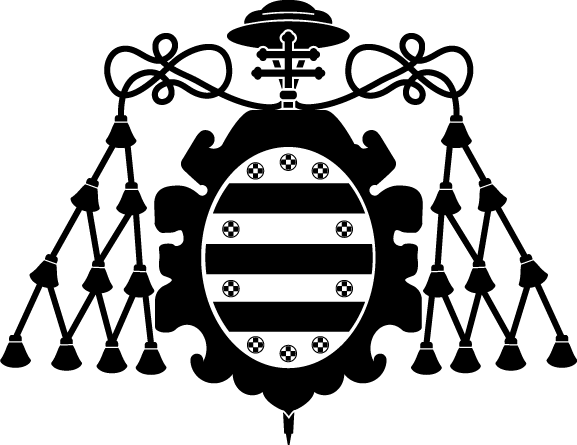Effects of stress ratio on plasticity-induced crack closure through three-dimensional advanced numerical finite element models
Autor(es) y otros:
Fecha de publicación:
Versión del editor:
Citación:
Resumen:
The plasticity induced crack closure (PICC) is a local phenomenon that substantially influences crack growth. PICC is most commonly determined by numerical models. Specifically, the vertical displace- ments of the nodes behind the crack front have been extensively used to obtain the PICC and the crack opening loads (Pop/Pmax). Although this procedure has been demonstrated to be adequate for positive stress ratios, this work evidences the uncertainty of such procedure to obtain PICC under negative stress ratios. For this reason, the main objective of this paper is to investigate the effect of stress ratio on PICC by 3D advanced numerical methodology. The purposed method consists of evaluating the contact pressures of all nodes behind the crack tip, from the first to the last released row of elements included on a crack propagation finite element model. Moreover, this method is tested at positive stress ratios and results show a good agreement with the CTOD method.
The plasticity induced crack closure (PICC) is a local phenomenon that substantially influences crack growth. PICC is most commonly determined by numerical models. Specifically, the vertical displace- ments of the nodes behind the crack front have been extensively used to obtain the PICC and the crack opening loads (Pop/Pmax). Although this procedure has been demonstrated to be adequate for positive stress ratios, this work evidences the uncertainty of such procedure to obtain PICC under negative stress ratios. For this reason, the main objective of this paper is to investigate the effect of stress ratio on PICC by 3D advanced numerical methodology. The purposed method consists of evaluating the contact pressures of all nodes behind the crack tip, from the first to the last released row of elements included on a crack propagation finite element model. Moreover, this method is tested at positive stress ratios and results show a good agreement with the CTOD method.
ISSN:
Patrocinado por:
Spanish Ministry of Science and Innovation [MCI-20-PID2019-105593GB-I00/AEI/10.13039/501100011033]; CDTI, depending by Ministerio de Ciencia e Innovación, Spain [CER-20190001]
Colecciones
- Artículos [37549]
- Construcción e Ingeniería de Fabricación [508]
- Investigaciones y Documentos OpenAIRE [8420]
Ficheros en el ítem





